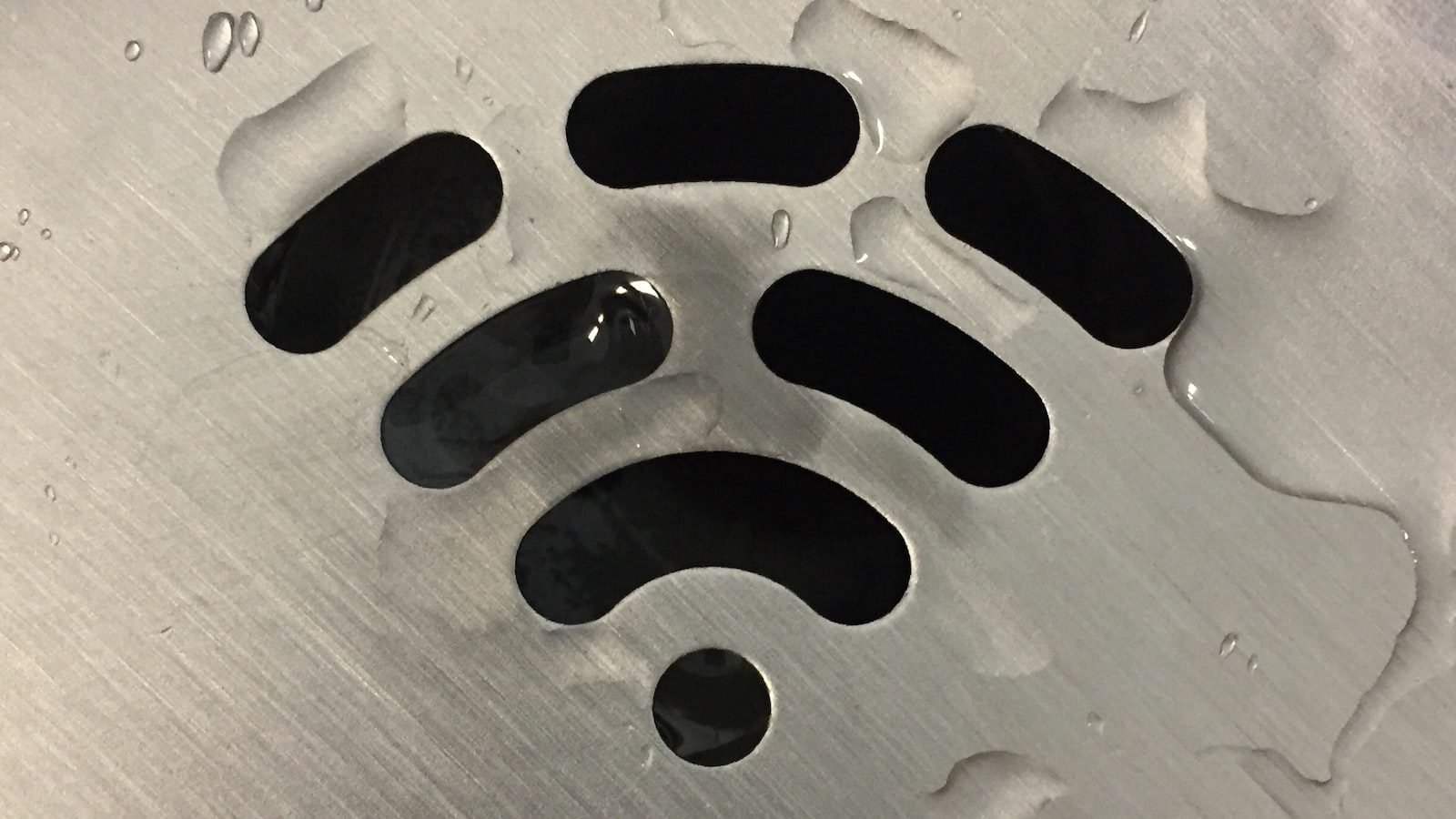, informative
Forex and the USA Middle Class
In 2013, Im and Rosenblatt conducted an analysis using two alternative sets of relative income groups to measure the economic standing of the US. With the US as the benchmark, the data captured a change in the middle class and the income levels of America’s major demographics. This article explores seven facts about the American middle-class income and forex trading; what the data reveals, the investment opportunities, and the potential risks.
US Middle Class Income Data and Forex
The financial data reveals several trends about the US middle-class income in conjunction with Forex trading. The analysis of relative income groups found that America’s middle-class income had declined slightly since those in the lowest earning bracket gained more ground. Those in the 80 to 95th percentile saw their purchasing power reduced from 60 percent to 50 percent. In terms of investment opportunities, the data shows an increase in investment and trading activities among the middle class. It also reveals that the middle class is taking more forex risks and investing in more sophisticated assets.
American Middle Class Forex Investment Opportunities
The increased investment and trading activities of the middle class creates significant investment opportunities. For example, the forex market, with its 24 hours/5days a week open trading compared to 8 hours/5days trading in stocks, offers significant potential for those who are willing to take on more risks. The tremendous liquidity of the forex market enables trades to enter and exit the market quickly at the best price available. Furthermore, with the advances in technology, forex trading is becoming increasingly accessible to all investors, regardless of size and experience.
Potential Risks in Forex Trading
Along with the investment opportunities the forex market provides, comes some risks. As a leveraged product, forex trading can result in both gains and losses that can exceed the initial amount of capital invested. The nature of forex trading also means that the forex market can be very volatile. In order to mitigate losses, inexperienced investors must be cautious and discipline in their trading activities.
In Conclusion
Analysis of relative income groups and US middle-class income in forex trading highlights the changing economic landscape of America and the potential of the forex market as an investment option for the middle class. Investors can utilize the unprecedented liquidity, efficiency, and convenience of the forex market; though they should remain cognizant of the potential risks before investing.
Median U.S. Household Income
In 1970, the median U.S. household income was just $20,604 per year, according to the Pew Research Center. By 2018, that number had grown to $65,000. This increase was not evenly distributed - lower-income households had a lower growth rate, increasing to $29,963. The middle class, meanwhile, had a much better rate of growth, with an upper limit of $311,936 per year depending on the region.
Defining The Middle Class
The Pew Research Center defines the middle class as households that earn between two-thirds and double the median U.S. household income. This places the upper limit for the middle class at $130,000, while the lower limit stands at $43,333. This varies from region to region, as do cost of living and other economic pressures.
The Impact Of Income On The Middle Class
The increasing gap between lower-income and middle-class households is troubling, as it makes climbing the economic ladder more difficult for Americans. This is especially true as cost of living continues to increase. In some parts of the country, such as the Bay Area of California or New York City, middle-class households might actually earn less than the national median – meaning they’d be counted as lower-income households due to geography.
These pressures create very specific challenges for middle-class households. It means they can’t save as much, face greater housing costs and have to find creative ways to pay for higher education. This lack of resources makes it more difficult for these households to pursue even basic dreams like homeownership or higher education.
The very definition of the middle class is in flux, due to these increasing economic pressures. Households that would once be counted as middle class now might actually qualify for the lower income bracket. This is troubling for policymakers, as these households should be properly represented in economic data.
The middle class is an essential part of American life, and is how the majority of citizens are able to pay bills, support families and pursue their goals. But due to economic pressures, this is becoming increasingly difficult for households across the country.



